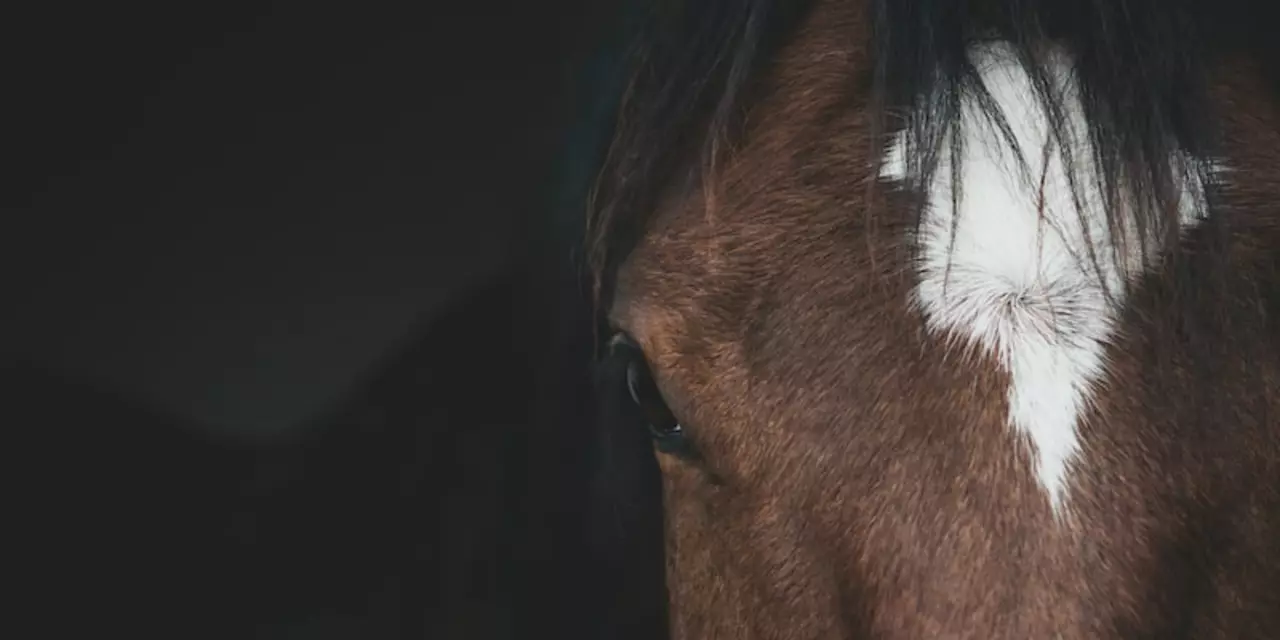Best Practices Every Rider Should Know
Getting on a horse should feel exciting, not scary. Whether you’re 16 or 55, the same basic habits keep you and your horse happy. Below are the top tips that work for beginners and seasoned riders alike.
Gear Up the Right Way
First things first – dress for safety. Long pants or jodhpurs protect your legs from the saddle. Pair them with sturdy, heeled boots so your feet don’t slip out of the stirrups. A helmet that fits snugly is non‑negotiable; it can save your life in a fall.
Keep jewelry off. Small studs or dangling necklaces can get caught in the reins or saddle and cause injury. If you love earrings, choose flat, secure studs and double‑check they won’t snag.
Fit the Horse, Not the Rider
A horse is built to carry weight, but an ill‑fitting saddle can cause pain. Make sure the saddle sits evenly on both sides and doesn’t pinch the horse’s back. Your stirrups should let your legs hang naturally; too short or too long can throw your balance.
Never overload a horse. A healthy adult can carry a rider plus gear, but a young or smaller horse needs a lighter load. When in doubt, ask a trainer to check the saddle fit and weight distribution.
Regularly check your horse’s hooves and legs for soreness, especially after long rides. A quick visual scan can catch bruises before they become serious problems.
Ride Smart, Ride Safe
Start each session with a warm‑up walk. It gets the horse’s muscles loose and helps you feel the animal’s mood. If you’re learning on your own, watch instructional videos, read trusted guides, and practice in a low‑traffic area.
When you’re new or returning after a break, take short rides and build confidence gradually. Even at 25, you can start riding safely – just listen to your body, use a helmet, and work with a qualified instructor for the first few lessons.
Watch your posture: keep your shoulders back, eyes forward, and elbows relaxed. A balanced seat reduces pressure on the horse’s back and makes steering easier.
After‑Ride Care
Cool down your horse with a few easy minutes of walking. Then give the animal fresh water and inspect the tack for wear. Clean the saddle and check the girth for any damage before the next ride.
Take notes on what felt good and what didn’t. Over time you’ll spot patterns – maybe a certain stirrup length feels better, or a particular route keeps you more relaxed.
Remember, riding is a partnership. Treat your horse with respect, keep the equipment in good shape, and follow these simple habits. The result? More enjoyable rides, fewer injuries, and a stronger bond with your equine friend.

Horse ownership is a rewarding experience, but it also requires a lot of knowledge and dedication. This article offers some of the best-kept secrets to successful horse ownership, including understanding the horse's needs, being aware of the costs of ownership, and having the right attitude. It is also important to learn the basics of horse care, such as grooming and feeding, and to establish a good relationship with a qualified veterinarian. Finally, having a proper understanding of safety and horse behavior is essential in order to have a safe and enjoyable experience with your horse.
Read more
